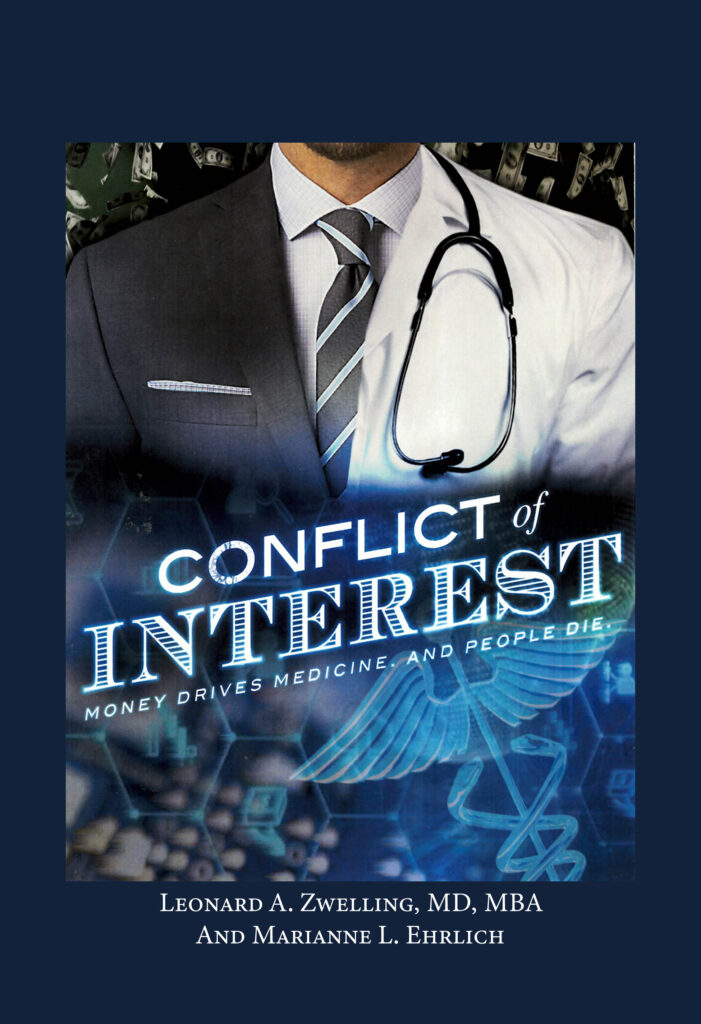When the Editorial Board
of the NY Times Writes Silliness,
It’s Best To Ignore It
By
Leonard Zwelling
I’ve been reading the NY
Times since I could read. That means I have had newsprint stained hands
every Sunday for the past 65 years or so. I have come to rely on the NY Times to provide me with great
information, in depth analysis, and human interest stories that my day would be
incomplete without. It thus pains me to report on the absolute inanity of the
lead editorial on Sunday, August 30, 2015 entitled “The Battle for Biomedical
Supremacy.”
This is essentially an appeal for the government of the
state of New York to throw some money at a problem the paper defines as “states
from coast to coast using public funds to help their medical schools recruit
scientific stars from other states.” This is laughable on several levels.
First, academic medical school faculty are not baseball or football
players whose value can be quantified in hits and touchdowns thus reducing
humans to a fungible commodity on the open market. (Didn’t we fight a war about
that sort of thing?) If professors of medicine were as valuable as a big league
closer, there might be fantasy leagues in biochemistry. There aren’t and no one
is offering me two Jim Watson trading cards for a vintage Linus Pauling.
Second,
when did the value of a medical school start to be measured solely by the
number of big name scientists on the faculty? Silly me. I thought the medical
schools were there to make doctors not research rock stars. Of course, now that
“making cancer history” is a tag line for a marketing campaign foisted on the
public by unnamed talking heads including some in white coats, can the reduction
of Jim Allison to the status of Miley Cyrus be far behind? (Excuse me, I’ll be twerking in the lab).
Third,
one of the examples given of this poaching is by Texas in the form of the
recruitment of Ron DePinho who came from Massachusetts not New York and given
his propensity for headline grabbing on the scandal sheet, why is he such a
great catch? And even if The Ronald was a bargain, was The Lynda?
Fourth,
there is no way that Jim Allison would have come to MD Anderson for $10
million. My understanding is that it was more like $50 million.
As
a whole. I am not at all sure what this lead editorial is trying to say, but
its choice of examples of “losses” for the northeast defies logic especially
when measured against the huge number of losses FROM Anderson of truly excellent physicians
and scientists since the Great DePinho showed up. The ledger
is surely in the negative talent wise since September of 2011 at the number one
place for cancer care.
As
a contrast, I would like to point to my alma mater in Durham, NC. Duke Medical
School is famous for growing its own talent and that includes the university’s
first ever Nobel laureate Bob Lefkowitz whose entire career has been at Duke
and who trained the man with whom he shared the prize in his Duke lab. I would
also like to single out my close friend, mentor, teacher and tennis partner
Ralph Snyderman, who I met when he returned to Duke when I was a medical student
and he a new Assistant Professor. He had completed his 5 year stint at the NIH
after his Duke residency and meteorically worked his way all the way to the top
as the Executive Vice Chancellor of Health Affairs of the Duke Health System.
At Duke we grow our own and are proud of it. As they taught us on day one—“at
Duke we don’t make cookies, we make cookie cutters,” and we like to keep the
ones we make while sending many out into the world to improve it. Sure, Duke
hires from outside. Its new Chief of Oncology is none other than MD Anderson’s
Jim Abbruzzese who left a chairman’s position under Dr. DePinho. I wonder why?
When
I was a kid, baseball players spent their entire careers with one team. They
had loyalty to the franchise and the fans to them. Free agency changed all that
and this was not bad given the manner in which teams abused players before the
Curt Flood era.
But
these medical school “stars” are hardly abused. If anything they are coddled
with high salaries, great benefits, and light teaching loads. They are selling
themselves to the highest bidder while minimally advancing the true mission of
any medical school, training doctors.
This
was a hopelessly misguided editorial. And if that was ever in doubt bemoaning
the loss of Dr. DePinho from Boston is a joke. Just ask the celebrants in
Boston. I think they are still partying like its 2011.





4 thoughts on “When the Editorial Board of the NY Times Writes Silliness, It’s Best To Ignore It”
I agree. That editorial was ridiculous and uninformed.
Thanks, Marie. Keep reading! See today's Cancer Letler!!!
Len, I never miss a post. Even when I (rarely) don't agree with you, I learn something.
Thanks, Marie